John Wootton (1682 -1764)
Get a Wootton Certificate of Authenticity for your painting (COA) for your Wootton drawing.
For all your Wootton artworks you need a Certificate of Authenticity (COA) in order to sell, to insure or to donate for a tax deduction.
Getting a Wootton Certificate of Authenticity (COA) is easy. Just send us photos and dimensions and tell us what you know about the origin or history of your Wootton painting or drawing.
If you want to sell your Wootton painting or drawing use our selling services. We offer Wootton selling help, selling advice, private treaty sales and full brokerage.
We have been authenticating Wootton and issuing certificates of authenticity since 2002. We are recognized Wootton experts and Wootton certified appraisers. We issue COAs and appraisals for all Wootton artworks.
Our Wootton paintings and drawings authentications are accepted and respected worldwide.
Each COA is backed by in-depth research and analysis authentication reports.
The Wootton certificates of authenticity we issue are based on solid, reliable and fully referenced art investigations, authentication research, analytical work and forensic studies.
We are available to examine your Wootton painting or drawing anywhere in the world.
You will generally receive your certificates of authenticity and authentication report within two weeks. Some complicated cases with difficult to research Wootton paintings or drawings take longer.
Our clients include Wootton collectors, investors, tax authorities, insurance adjusters, appraisers, valuers, auctioneers, Federal agencies and many law firms.
We perform John Wootton art authentication, appraisal, certificates of authenticity (COA), analysis, research, scientific tests, full art authentications. We will help you sell your John Wootton or we will sell it for you.
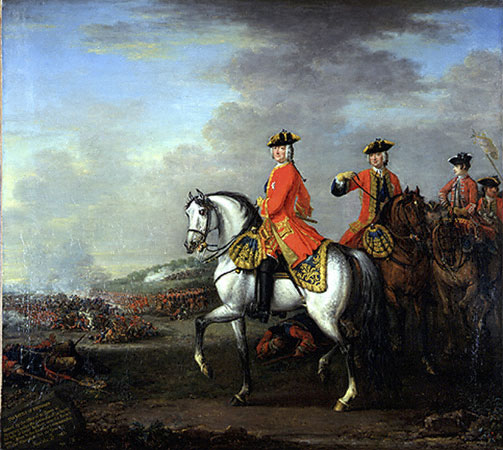
John Wootton was an English painter of sporting subjects, battle scenes and landscapes. Born in Snitterfield, Warwickshire (near Stratford-upon-Avon), Wootton is best remembered as a pioneer in the painting of sporting subjects and was considered the finest practitioner of the genre in his day.
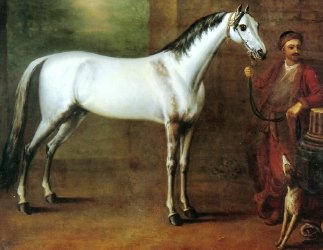

As such, Wootton’s paintings were very fashionable and were sought after by those among the highest strata of the British society. These included figures such as George II of England, Frederick, Prince of Wales, and the Duke of Marlborough. Wootton is now somewhat eclipsed in the field of animal paintings by the later George Stubbs (1724-1806), who is considered technically superior. John Wootton died in London on November 13, 1764. Examples of his animal painting can be found in the Tate Gallery, London, the Virginia Museum of Fine Arts, Richmond, Yale Center for British Art, and in the Elizabethan Great Hall, Longleat.

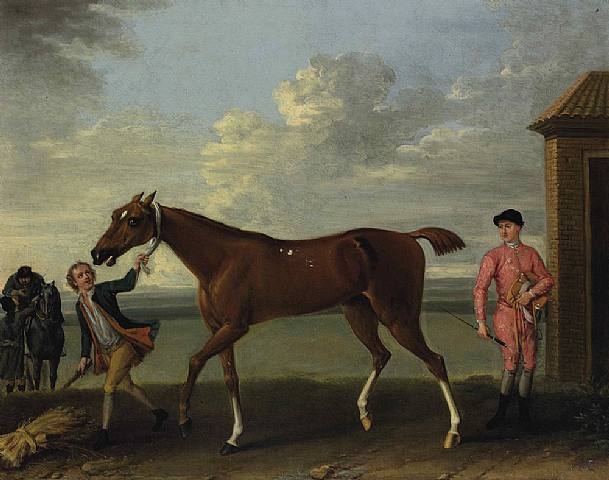
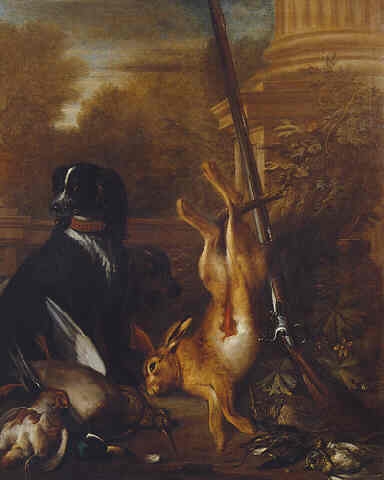
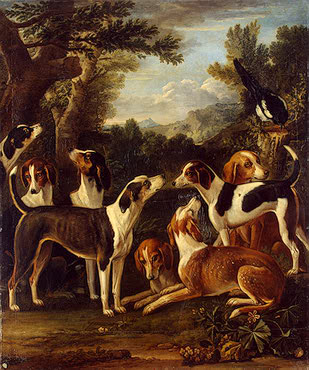
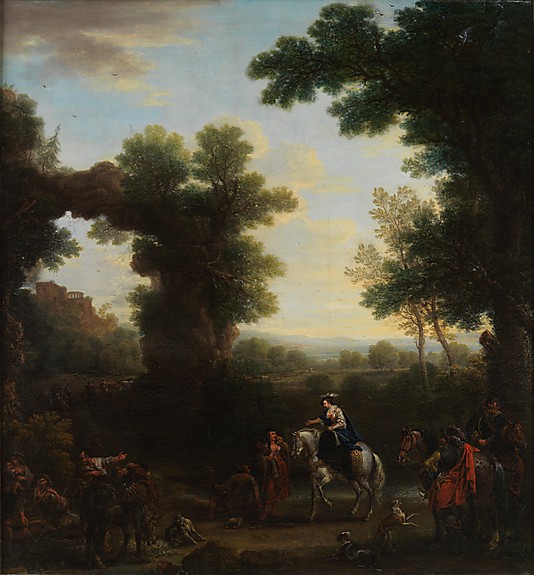

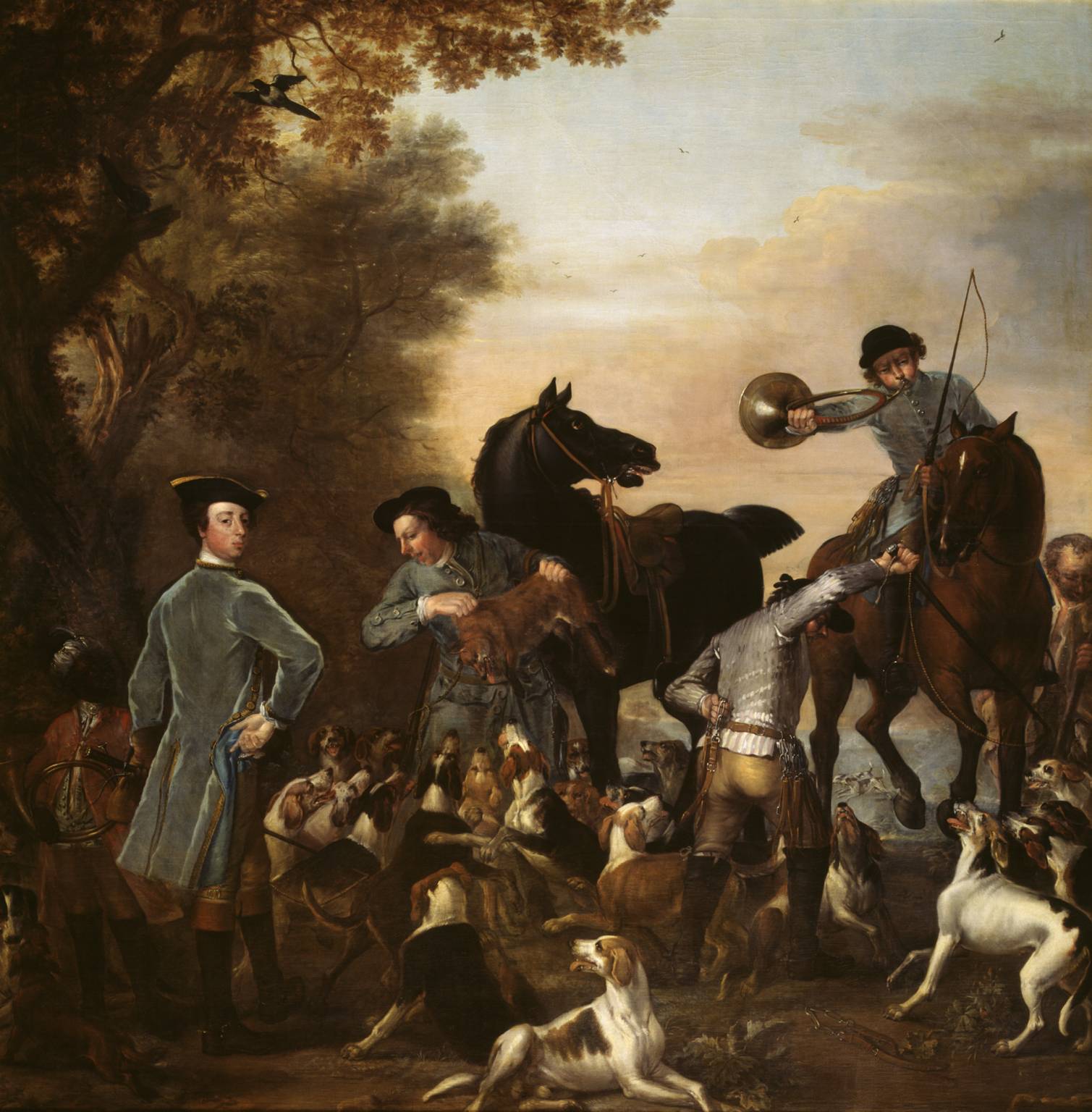
Still wondering about an English painting in your family collection? Contact us…it could be by John Wootton. We are the John Wootton experts.
Reviews
1,217 global ratings
5 Star
4 Star
3 Star
2 Star
1 Star
Your evaluation is very important to us. Thank you.
